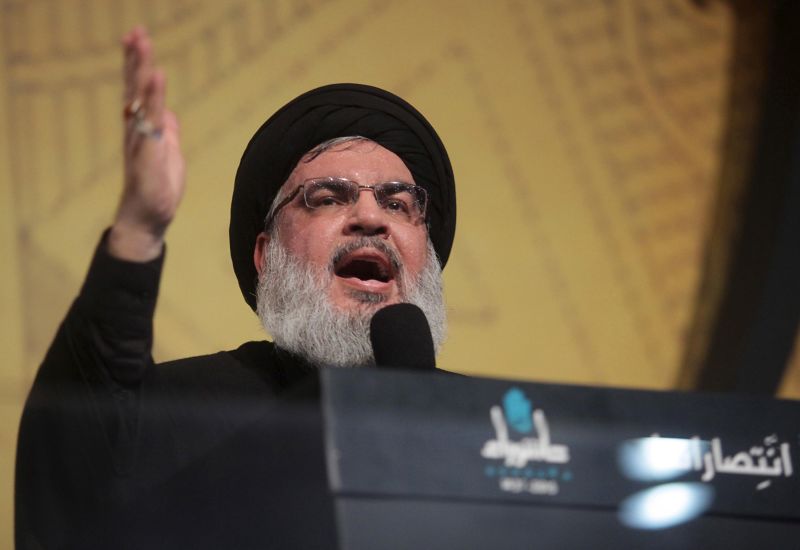Hassan Nasrallah, the figure who has become synonymous with the rise of Hezbollah into an influential regional force, was reportedly killed in an Israeli airstrike, according to sources within the Israeli Defense Force. It’s worth noting in more depth the intricacies of Nasrallah’s life and influence, and the regional implications of his death, if indeed confirmed.
Born in 1960 into a modest family in East Beirut, Nasrallah grew up in the tumultuous backdrop of Lebanese politics. The forces that shaped Nasrallah’s early years were a significant factor in molding the man who would later steer Hezbollah’s transformation from a littoral militant group to a dominant regional force.
Following his studies in Shiite theology in Iraq and subsequent military training in Iran, Nasrallah joined Hezbollah, an organization established in 1982 in the wake of Israel’s invasion of Lebanon. Nasrallah’s rise within the ranks of the militant group was meteoric, becoming the head of Hezbollah in 1992 after the assassination of his predecessor.
Under Nasrallah’s leadership, Hezbollah experienced a considerable evolution, shifting from a localized resistance movement against Israeli occupation into a regional player with significant influence in Lebanese politics while exponentially expanding its military capabilities.
Furthermore, under his tutelage, Hezbollah adopted a strategy of so-called resistance economy, initiated after the 2006 war with Israel. This aimed to increase self-reliance by shoring up domestic agricultural and industrial sectors to mitigate the impact of sanctions. Nasrallah’s rhetoric and actions resonated with many Lebanese citizens, especially within the Shiite community.
The military capacity of Hezbollah also significantly expanded during Nasrallah’s tenure. Notable are the military interventions in Syria from 2011, which saw the organization evolve into a potent military force from a group that initially focused on guerrilla warfare. Today, Hezbollah can boast thousands of battle-hardened fighters, a formidable stockpile of advanced rockets, and a level of organizational structure comparable to a conventional army – all changes overseen by Nasrallah.
The Israel-Hezbollah conflict is a stark example of the volatile dynamics in the region, where Nasrallah’s role was a significant one. He constantly remained a fierce and vocal opponent of Israel, strengthening Hezbollah’s across-the-board resistance against it, militarily and ideologically.
Israeli officials reported that Nasrallah was killed in an airstrike, a claim that if proven, could send shockwaves through regional politics. Nasrallah’s death could trigger a power struggle within Hezbollah, giving rise to elements potentially more radical. If his death creates a power vacuum within the organization, it would undoubtedly affect Lebanese politics and the balance of power within the Middle East.
Nasrallah’s alleged death may mark a significant turning point for Hezbollah. The organization’s future direction and its influence in the region will heavily depend on who steps into Nasrallah’s shoes and to what extent they can maintain unity. Notably, this will have an impact on the dynamics between Hezbollah and Israel, potentially redefining the geostrategic landscape in the region.
In the final analysis, whether friend or foe of Nasrallah, the man left an imprint in Hezbollah that turned the organization into a powerhouse within the Middle East, with repercussions felt far beyond Lebanon’s borders. His alleged demise, if proven true, could reverberate throughout the region for many years to come. His life and leadership of Hezbollah played a fundamental role in shaping the current landscape of the Middle East – a testament to the power and legacy of this controversial figure.




